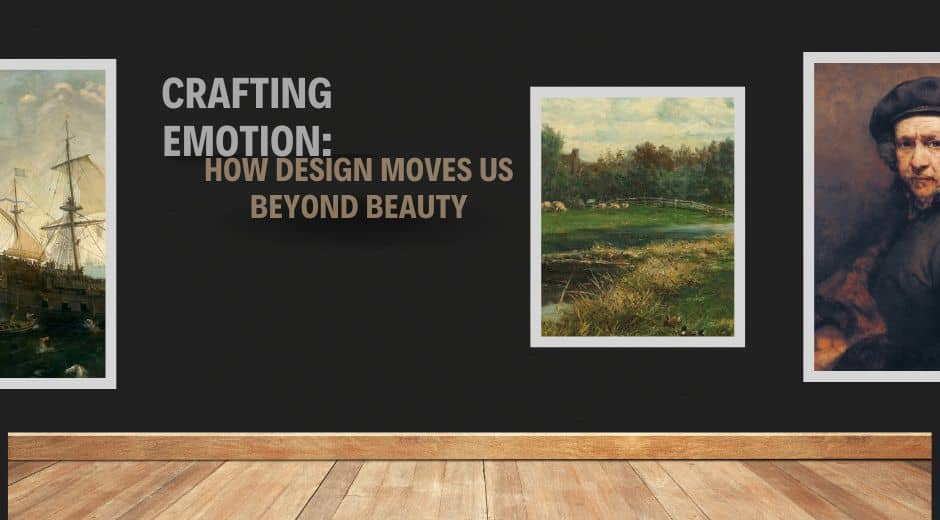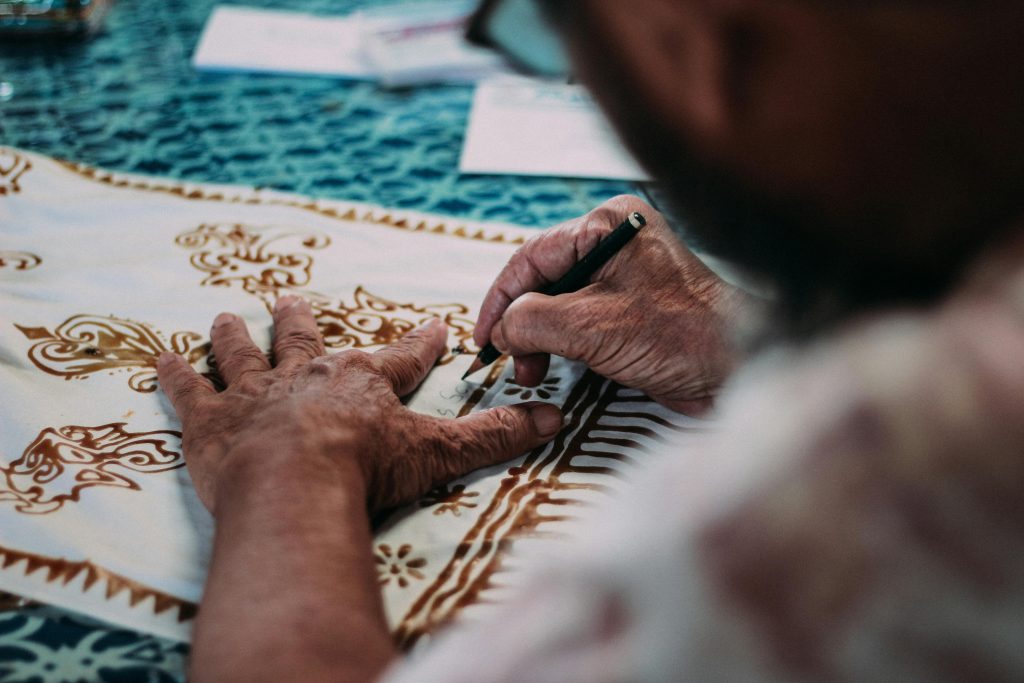Crafting Emotion: How Design Moves Us Beyond Beauty
Crafting Emotion: How Design Moves Us Beyond Beauty
Why Design Is More Than Looks
When we think of design, we often focus on color palettes, shapes, or trends. But the true power of design lies in its ability to evoke feelings, create atmosphere, and shape the way we move through a space or view a work of art. At its best, design doesn’t just decorate — it communicates.
In the realm of Design & Aesthetics, we explore how visual elements combine to influence mood, behavior, and experience. Whether it’s an illustration going from paper to screen, or a living room crafted for calm, the emotional impact is real. (See how illustration meets digital at our article on Sketch to Screen.)
1. The Emotional Language of Design
Visual design has its own vocabulary. Clean lines, soft curves, calm tones — each command a different emotional response.
Sharp angles often signal energy or tension.
Rounded shapes feel friendly and soothing.
Earth tones can evoke warmth and comfort; bold accents spark excitement.
When you intentionally combine these elements, you’re not just designing something pretty — you’re scripting an experience.
2. Designing Spaces That Feel Like You
Consider your environment: the lighting, the texture of the rug, the placement of furniture. These choices shape how you feel and behave.
For example:
A minimalist room with natural light can prompt clarity and calm.
A workspace with layered textures and vibrant accents can energize creativity.
The intention behind the space matters more than the trend. That’s why understanding your mood goals is key before choosing aesthetics.
3. Illustration Meets Emotion
When illustration moves to screen, it gains movement, interactivity, and new layers of expression. The visual story becomes immersive.
The journey from a hand-sketched idea to a digital scene allows for dynamic cues — color shifts, subtle animations, hover effects — all contributing to deeper emotional resonance.
This evolution shows how aesthetics adapt as technology changes: the essence stays the same, but the experience grows richer.
4. Designing for Balance and Calm
In a world wired for stimulation, aesthetics that simplify and slow down can be revolutionary. Minimalism, muted tones, purposeful white space — they invite rest, not activity.
Choosing fewer elements doesn’t mean doing less; it means crafting more meaningful features. The design speaks quietly, but it invites focus.
5. Infusing Design With Personality
Design that stands out often brings a bit of personality to the table. Whether it’s a hand-crafted element, a bold contrast, or a custom illustration, personality gives design identity.
A space or an artwork that feels like you invites more connection — not just admiration.
6. Growth Through Aesthetics
Design evolves as you do. What filled you with inspiration five years ago might feel stale today. A fresh aesthetic can reflect a new chapter in life.
Growth through aesthetics might mean:
Updating your palette to match your current mood
Incorporating new materials or tech
Reconfiguring your layout to match your routines
Design isn’t fixed. It grows with your story.
7. Let Beauty Be Purposeful
Aesthetics can be more than decoration — they can serve a function. Consider how design choices impact comfort, accessibility, mood, and longevity.
When beauty meets purpose, the result is a space or object that resonates deeply.
For example, in home-design contexts, smart layouts and thoughtful lighting don’t just look good — they improve how you live. If you’re exploring how your living space can reflect your well-being, take a look at MetroPropertyHomes.com for insights on design rooted in lifestyle.
Conclusion: Make Aesthetic Your Story
Design and aesthetics aren’t reserved for art galleries or elite homes. They’re woven into everything — from your workspace to your favorite poster. The key is intention: when you ask “How do I want to feel here?” rather than “What looks trendy?”, you unlock design that moves you.
“Great design touches more than the eye — it moves the heart.”
Start by noticing one space or one illustration in your life. What emotion does it evoke? What might you adjust to feel more aligned?
Your story doesn’t need perfect style. It just needs honest expression.
Inspiration Expression Eternity

Shaping Atmosphere: How Visual Choices Transform a Space
A space changes instantly through form, color, shadow, and arrangement. Explore how thoughtful visual decisions influence mood and elevate everyday interiors.

Shaping a Scene: How Structure Guides the Eye
Every sketch benefits from structure. By guiding the viewer’s eye with thoughtful arrangement, illustrators create pieces that feel intentional, balanced, and visually inviting.

How Traditions Evolve Through Modern Life
Traditions don’t disappear as time passes — they shift, adapt, and take on new forms. Explore how modern life reshapes long-standing customs while keeping their spirit alive.












